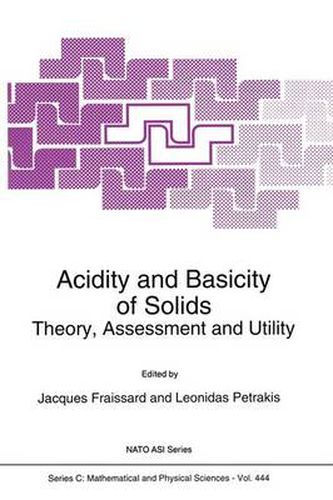Readings Newsletter
Become a Readings Member to make your shopping experience even easier.
Sign in or sign up for free!
You’re not far away from qualifying for FREE standard shipping within Australia
You’ve qualified for FREE standard shipping within Australia
The cart is loading…






Historically, technological developments that have made use of the acidity/basicity of solids have often preceded an understanding of the phenomena involved. This, of course, is very expensive, and a far less efficient process than research based on a fundamental understanding of the science. For the last 50 years, therefore, a vast amount of research has been devoted to the subject: the rewards, in terms of technological advantage, were seen to be high. In the last few years, however, significant advances in the field have been achieved, in terms of our theoretical understanding, in instrumentation that allows research to be conducted in situ and under conditions appropriate to industrial processes, and in the realization that a closer coupling between science and technology can improve our quest. It is against such a background that Acidity and Basicity of Solids presents work in the field. This text should be suitable for specialized workers in the field and university teachers of introductory as well as graduate courses. The more general reader may find the reviews interesting.
$9.00 standard shipping within Australia
FREE standard shipping within Australia for orders over $100.00
Express & International shipping calculated at checkout
Historically, technological developments that have made use of the acidity/basicity of solids have often preceded an understanding of the phenomena involved. This, of course, is very expensive, and a far less efficient process than research based on a fundamental understanding of the science. For the last 50 years, therefore, a vast amount of research has been devoted to the subject: the rewards, in terms of technological advantage, were seen to be high. In the last few years, however, significant advances in the field have been achieved, in terms of our theoretical understanding, in instrumentation that allows research to be conducted in situ and under conditions appropriate to industrial processes, and in the realization that a closer coupling between science and technology can improve our quest. It is against such a background that Acidity and Basicity of Solids presents work in the field. This text should be suitable for specialized workers in the field and university teachers of introductory as well as graduate courses. The more general reader may find the reviews interesting.